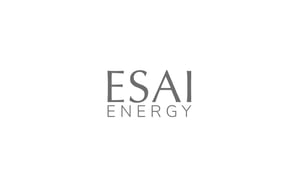OPEC+ Sticks to Production Increase in January
n spite of the strategic reserve releases announced last week and concerns about the omicron variant, OPEC+ sticking to the 400,000 b/d monthly increase.
 African producers provide the slack
African producers provide the slack
Three reasons drove this OPEC+ decision. First, African members struggling to increase their production due to weak infrastructure and well mismanagement provide enough slack in the group’s overall production target to justify the increase. Nigeria will likely be 280,000 b/d below their target in January and Angola 290,000 b/d. Equatorial Guinea and Congo will both be close to 25,000 b/d below their targets as well. This has been the situation for the African producers since the summer production increases began in August. Cumulatively, OPEC+ has built enough spare capacity in the production schedule to justify the continued production increase.
The second factor was the political angle of not confronting consuming countries too aggressively. Even with the shakiness in the market and the Omicron variant providing enough cover for OPEC+ to pause production increases, the move might have been perceived as confrontational. This risks further painting OPEC+ as an adversary and not a reliable partner in the global energy market. Saudi Arabia in particular has worked hard to cultivate that image and an aggressive response to the strategic reserve release risks losing that credibility.
Finally, the cohesion of OPEC+ is also of major concern. Since the tense July meeting, OPEC+ has stayed on an uninterrupted supply increase schedule with little or no internal debate on the monthly increases. Pushing through the last year of the original deal, OPEC leadership is likely looking to keep the group as united as possible expecting a bumpy road in 2022. The Omicron variant is a concern that has already had an impact on global jet fuel demand. However, it seems there are few fears of a deep drop in mobility or global shipping and trade. OPEC+ is willing to absorb the risk for one additional month. The risk of jumping the gun and shaking the market as a result of Omicron was the larger risk in this circumstance. By early January, more information about the Omicron variant will be available. OPEC+ will convene again to take into consideration that new information.
In yesterday’s ESAI Energy Global Crude oil Outlook, we suggested a 500,000 b/d surplus in the first half of 2022. We put that at 700,000 b/d after this announcement (see below).